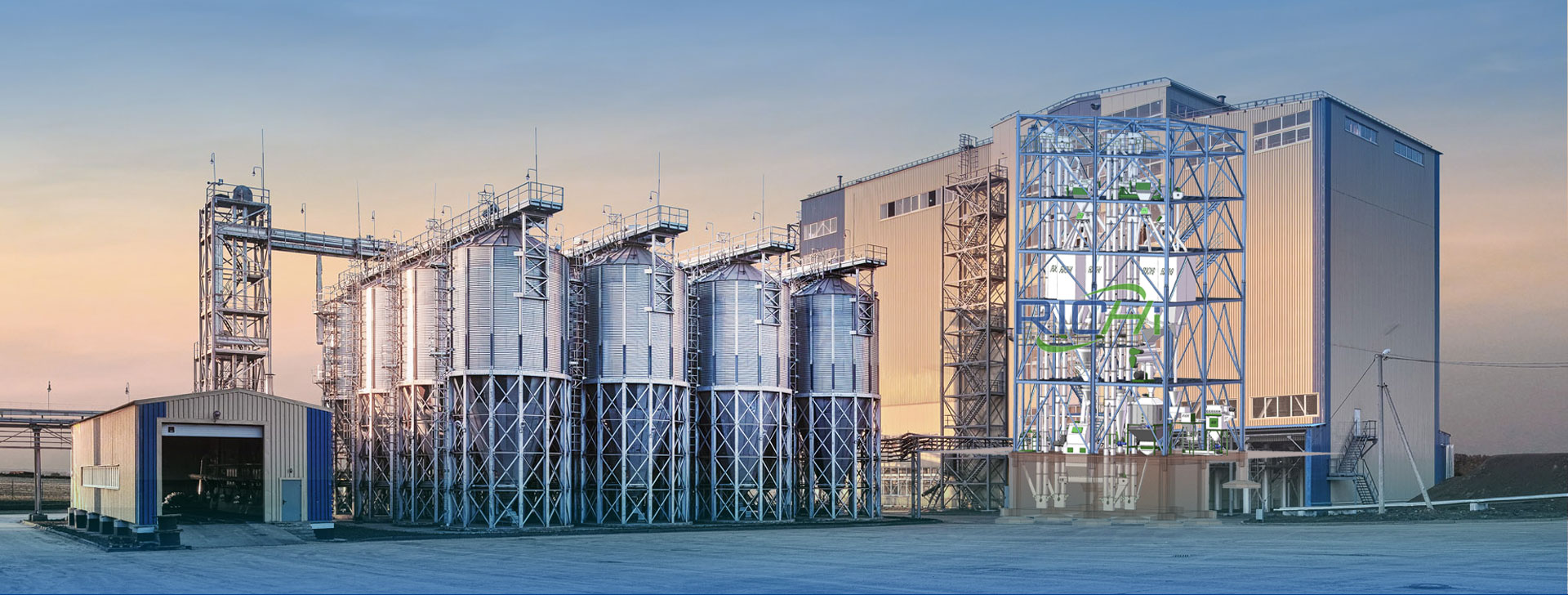
Complete Aquatic Feed Production Line With Scalable Solutions
Realize your feed production with scalable solutions to improve the efficiency and quality of feed production with advanced RICHI Machinery.

Realize your feed production with scalable solutions to improve the efficiency and quality of feed production with advanced RICHI Machinery.
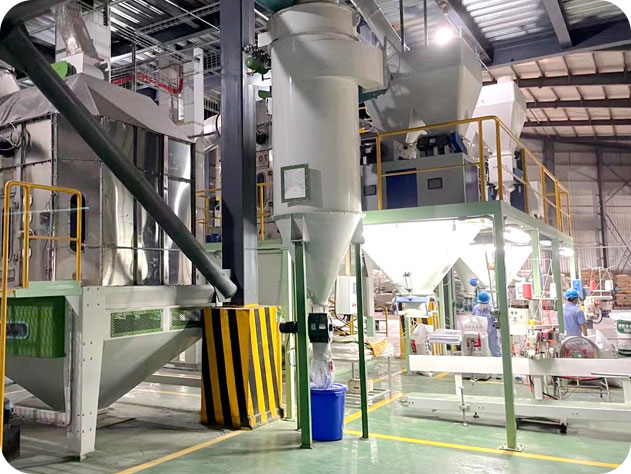
Start customizing your animal feed production line today. Just tell us your production needs, formula list, etc., and we can provide you with a complete feed production solution including silos.
Get QuoteWhether it's your company's plans or the market's needs, we can design a feed production line with different outputs depending on your needs. Just tell us what you need in terms of production capacity and RICHI Machinery will provide you with a turnkey solution.
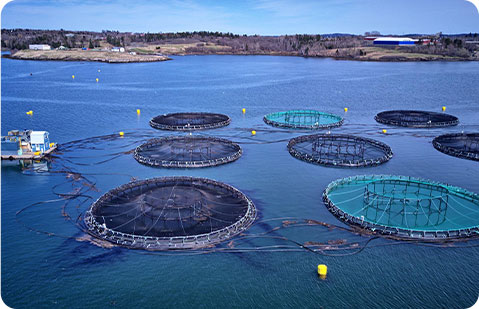
Aquatic Feed Production Line Start From 0.5TPH
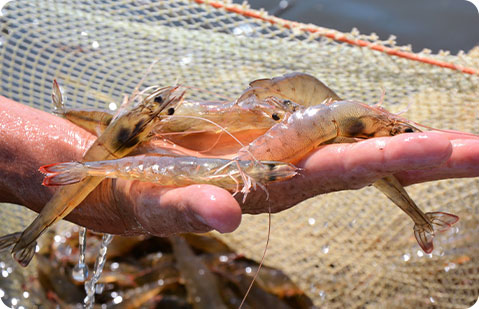
Aquatic Feed Production Line Start From 3TPH
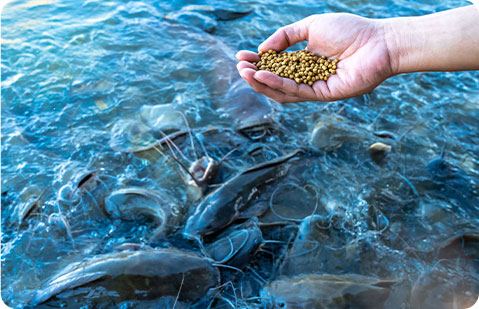
Aquatic Feed Production Line Start From 10TPH

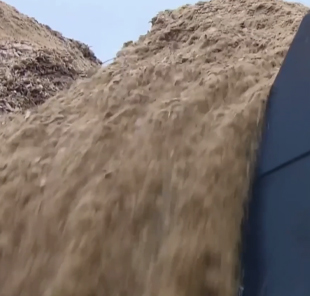
Essential for preparing and conditioning materials to ensure uniform quality before pelletizing.
learn more →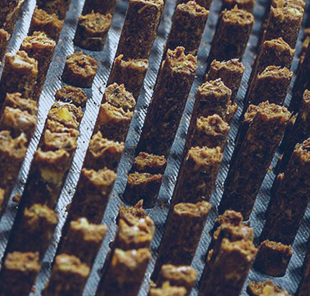
The core process where prepared materials are compressed into dense, high-quality feed pellets.
learn more →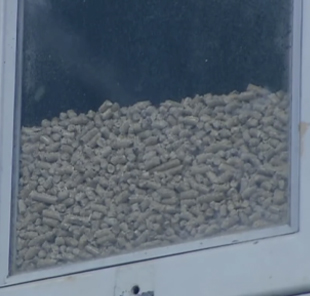
Involves cooling, screening, and packaging to maintain pellet integrity and ready them for use or sale.
learn more →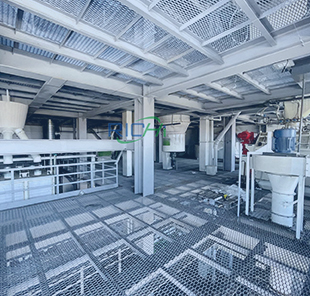
Supports the production line by enhancing material flow, reducing downtime, and maintaining operational efficiency.
learn more →We provide end-to-end support, from equipment supply to installation and training.
Fully automated one-touch recipe switching combines high production efficiency with flexibility.
We tailor our solutions to meet your specific feed production needs and scale.
Proven track record with successful projects worldwide.
Dedicated after-sales service, ensuring smooth operation and continuous technical assistance
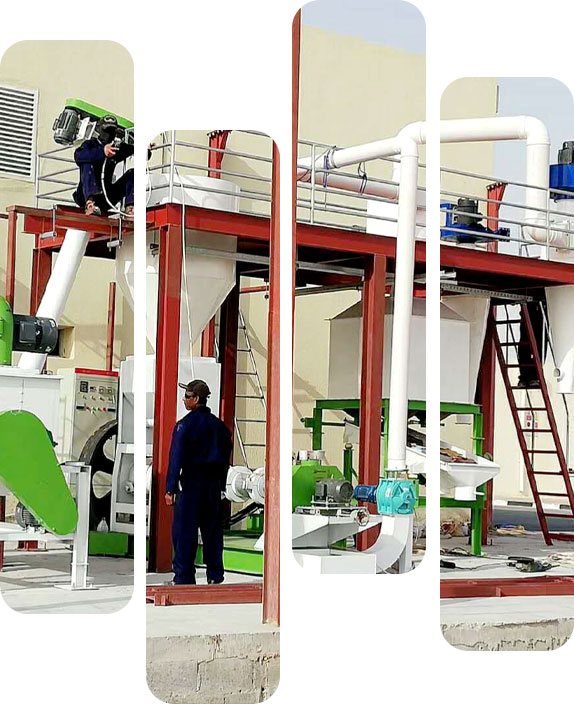
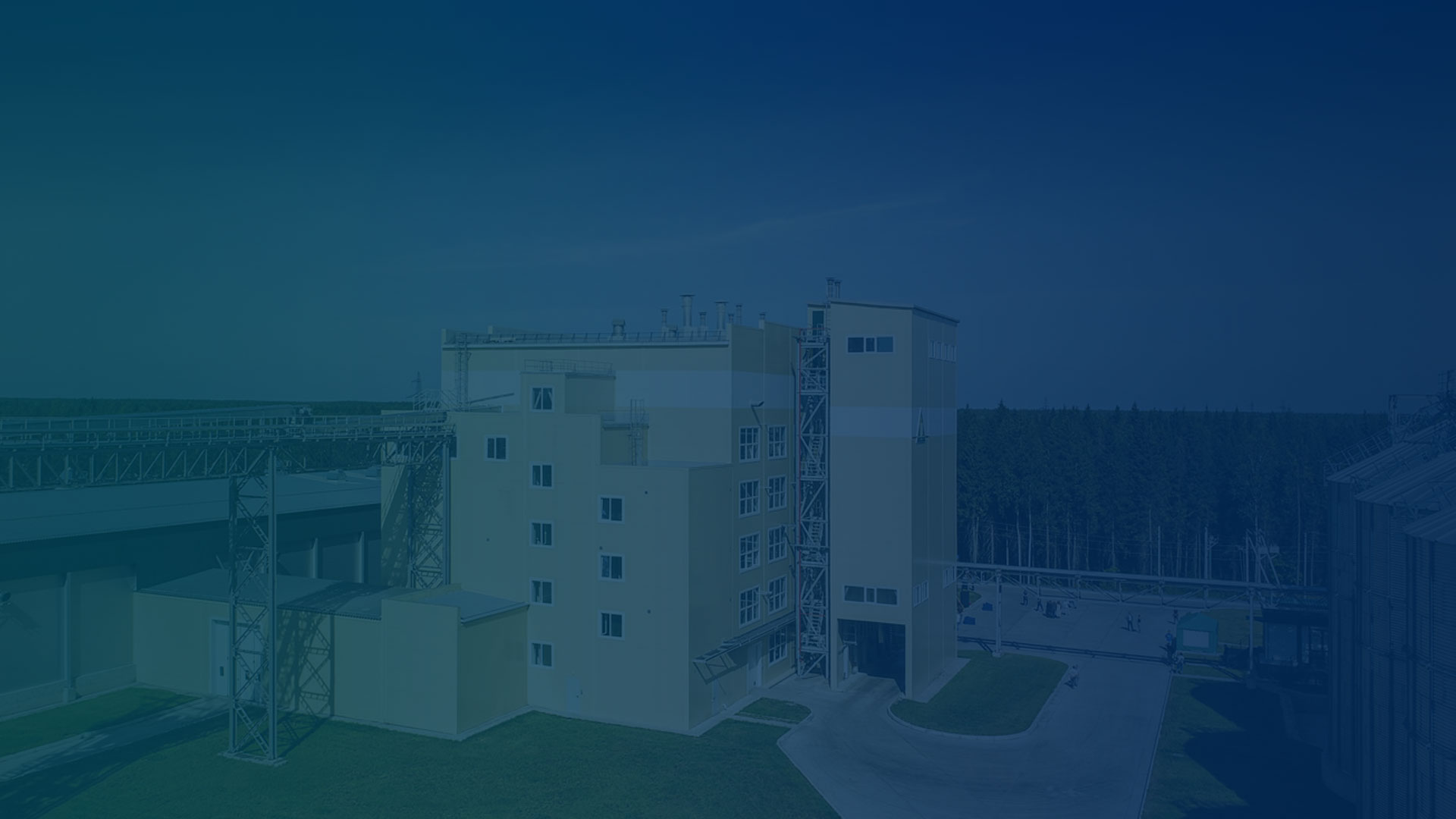
What kind of aquafeed plant do you want to establish?
How many tons per hour about this plant you want to build?
Where is this aquafeed plant going to be built?
When do you plan to start the operation?
Yes, the same production line can produce both aquatic and pet feed, but it requires specific adjustments and versatile equipment to accommodate the distinct characteristics of each feed type.
With the right equipment, such as adaptable extruders, dryers, and coating systems, a single production line can efficiently produce both aquatic and pet feed. This flexibility maximizes production efficiency and allows manufacturers to serve multiple markets without investing in separate lines.
The choice between floating and sinking feed depends on the feeding habits of the aquatic species, farming environment, and management practices. Both types have specific advantages tailored to different aquaculture needs.
Producing feed pellets in varying sizes to meet the specific dietary needs of different animals involves precise adjustments in the pellet production process. Here’s how it’s done:
Controlling pellet size involves a combination of die selection, roller pressure adjustments, feed formulation, and post-processing techniques. These methods ensure that feed pellets are optimized for the nutritional needs and feeding behaviors of different animals, improving feed efficiency and overall animal health.
Expanded feed refers to animal or aquaculture feed that has undergone a high-temperature and high-pressure process to improve its nutritional availability, digestibility, and physical properties. It is often used in aquaculture and livestock industries due to its enhanced floating or sinking characteristics and improved palatability. The production of expanded feed involves the following key steps:
Yes, it is possible to switch between pellet feed and expanded feed production on the same line, but it requires specific equipment and system flexibility.
Switching between pellet feed and expanded feed production on the same line is feasible with the right equipment and system flexibility. This versatility allows manufacturers to meet diverse market demands while optimizing production efficiency.
An aqua feed production line can process a wide variety of ingredients to meet the nutritional requirements of different aquatic species. Common ingredients include fish meal, soybean meal, corn gluten, and wheat flour, which serve as primary protein and carbohydrate sources. Fish oil and other fats are often added to boost energy levels and enhance the feed’s palatability. Minerals and vitamins are included to ensure balanced nutrition, supporting the growth, health, and immunity of aquatic animals. For species like shrimp or carnivorous fish, specific amino acids and animal-based proteins may also be required.
In addition to the basic nutritional components, binders and stabilizers are often used to improve pellet quality and ensure water stability. Ingredients such as algae, yeast, or enzymes can also be incorporated to enhance digestion and nutrient absorption. The choice of ingredients depends on the species being farmed, their life stage, and specific dietary needs, as well as local ingredient availability and cost considerations. A well-formulated feed ensures optimal growth, efficient feed conversion, and minimal environmental impact.
Ensuring the nutritional quality of feed begins with selecting high-quality raw materials. Each ingredient is carefully sourced and tested for its nutritional content, including proteins, carbohydrates, fats, vitamins, and minerals. Before processing, these materials are thoroughly cleaned and prepared to eliminate contaminants and maintain purity. Advanced formulation software is often used to create balanced feed recipes tailored to the specific dietary needs of different animals. This ensures that each batch of feed delivers consistent and optimal nutrition, supporting animal health and growth.
During production, quality control measures are implemented at every stage. Equipment such as mixers and pellet mills are calibrated to ensure even distribution of nutrients in the final product. Additionally, automated systems monitor critical parameters like temperature, moisture content, and pellet density to prevent nutrient degradation during processing. Post-production, samples are tested in laboratories to verify their nutritional profile meets industry standards. These steps, combined with rigorous testing and continuous monitoring, guarantee that the feed produced maintains its nutritional integrity and provides maximum benefits to the animals.
The optimal moisture content for producing floating feed typically ranges between 20-25% during the extrusion process. This higher moisture level, combined with precise temperature and pressure control, is essential to create the expanded structure that allows the feed to float. The moisture helps gelatinize the starches in the raw materials, which is critical for forming air pockets within the pellets. These air pockets reduce the pellet’s density, enabling it to float in water. After extrusion, the feed undergoes a drying process to reduce the moisture content to around 8-10%, ensuring durability, stability in storage, and maintaining the floating properties during use.
Producing floating feed requires careful control of several key factors during the extrusion process to ensure that the pellets achieve the desired buoyancy. Here's how this is accomplished:
Achieving the correct buoyancy in floating feed is a combination of precise formulation, controlled extrusion, and thorough quality testing. This ensures the feed meets the nutritional and behavioral needs of aquatic species while maintaining its structural integrity in water.
Maintenance Requirements for a Feed Production Line
Proper maintenance is crucial to ensure the efficiency, longevity, and safety of a feed production line. Here are the key maintenance tasks to keep the line running smoothly:
Regular maintenance is essential to avoid costly downtime and ensure the feed production line operates at peak efficiency. Following a structured maintenance schedule helps prolong equipment life, improve production quality, and enhance overall safety.
If you need further information, please contact us

Note: Pellet production is a continuous and complex process, requiring many equipment to complete the production from raw materials to finished pellets. Therefore, it is suitable for commercial projects but not for personal use.

RICHI stick to the service principle is: We are focusing on your future, your future is our future!
© HENAN RICHI MACHINERY CO., LTD 1995-2025
Product Line-Up / Privacy Policy